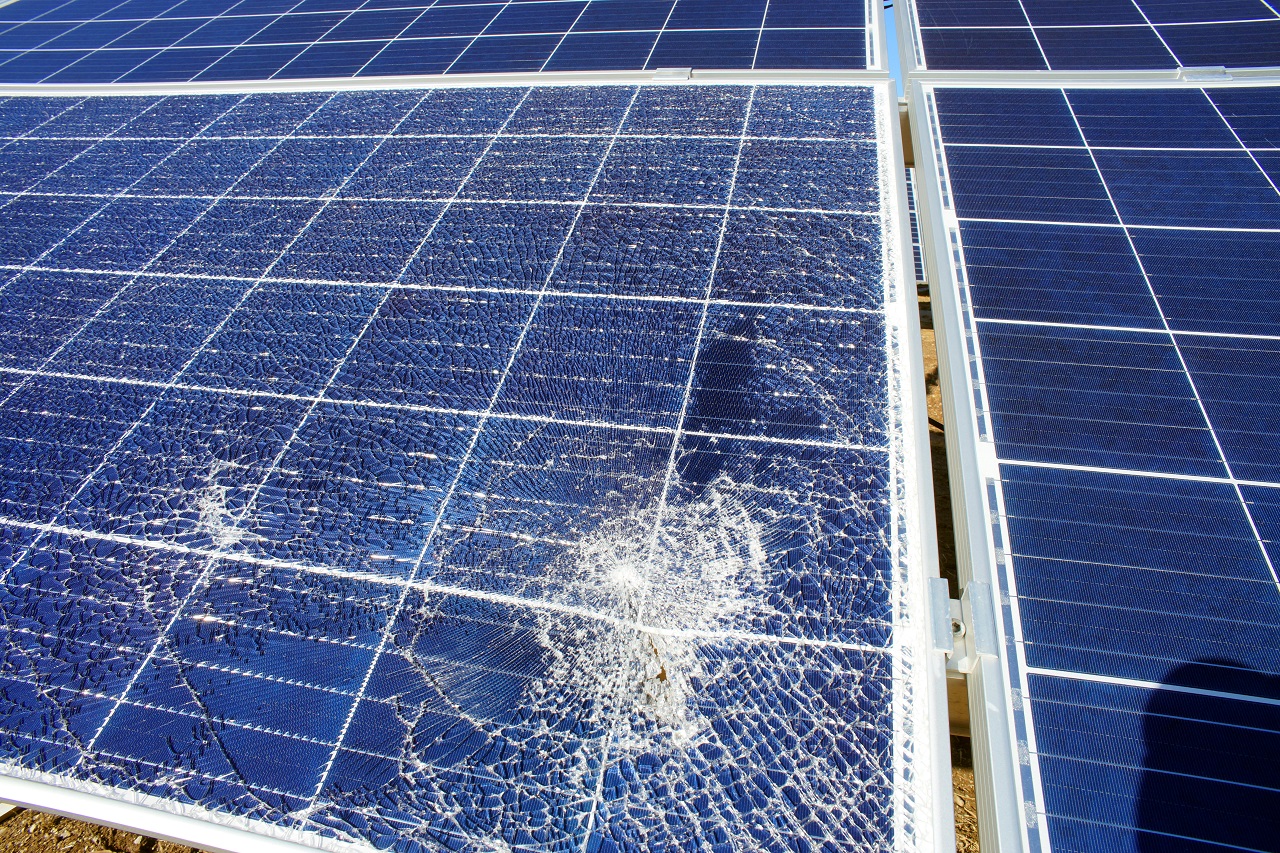5 Ways to Avoid the Summer Solar Downtime Blues
May 9, 2023

As summertime nears and temperatures soar, so does the risk that array owners and operators will experience the summer solar downtime blues.
During the summer months the production power of the array is put to the test as energy demand and peak rates can be the highest. It’s also the time when without proper maintenance, array components are at the most risk of underperformance or failure.
At Pearce Renewables, we don’t want less-than-optimal solar energy production or an outage to spoil your summer. That’s why we encourage owners and operators to take actionable steps well in advance of the summer heat to keep your plant outage and worry-free.
And, for arrays operating under Power Purchase Agreements (PPAs), preventative maintenance isn’t just good hygiene, it’s a mandate when agreements prohibit general maintenance during summer demand peaks.
Consider these five proactive steps to avoid the summer downtime blues:
1. Inspect and maintain inverters
Without proper cooling, inverters are at risk of failing during periods of high temperatures; dirt intrusion can be an inverter’s worst enemy.
Standard preventative inverter services are a must. They include cleaning or replacing air filters, cleaning the heatsink, performing cooling system maintenance and ensuring that air moving fans are operating properly.
2. Check and repair the DC components
Maintaining a healthy DC module helps to avoid loss of production resulting in higher repair costs if left unattended. Doing so also helps to avoid catastrophic thermal events should an MC connector fail.
Before summer heats up, modules, wiring and MC connectors, combiner boxes, and conductors should be thoroughly inspected to ensure the system's DC components are ready to operate at high levels of performance and reliability.
3. Conduct aerial inspections of the array
Sometimes an aerial view is the only way to discover critical issues that if undetected could result in lost production, critical downtime, and higher maintenance costs.
Annual aerial aircraft or drone inspections enable you to document and diagnose array issues. Thermographic maps can be especially helpful to diagnose defective, dirty or non-performing modules and offline rows so that you can make informed decisions to optimize array production and uptime.
Not only are aerial inspections less costly than manual ones (drones especially), but aircraft can carry more sophisticated equipment that typically produce more comprehensive and accurate data.
4. Inspect and calibrate trackers
Visual inspections and calibration are two important aspects of tracker maintenance to optimize production and lower the lifetime cost of repairs.
It’s optimal to make the trip to the array site to visually inspect trackers. Plus, you’ll want to calibrate trackers to ensure they are accurately following the sun's path and maximizing energy production.
While tracker failure rates vary by model, the typical average failure is 5 to 10 percent, which can add up to large amounts of lost production – particularly if the tracker fails in one direction. In a worst-case scenario, a tracker failure can cause an inverter to not receive enough voltage to run even if the panels are facing away from the sun.
5. Tend to the property
Proper land management isn’t just practical, in some cases it’s necessary to comply with state requirements – for instance to remove unwanted shading during peak production times. And in a worst-case scenario, it can help to avoid a thermal event.
Mowing the arrays and chemical spraying for weed abatement are among standard land management needs. Dust control, spill stabilization, re-vegetation as well as erosion control, prevention and repair services may be necessary too. And sheep grazing for weed management may be needed as part of a compliance program when required. Mowing is about double the cost of using sheep, and in many cases, ranchers will provide sheep at no cost due to the grazing benefits they receive.
We are Here to Serve You
From technology to training, Pearce Renewables has the tools and expertise to deliver exceptional results for our partner solar owner and operator clients on an ongoing or on-demand basis. From inverter maintenance to DC health checks, thermal imaging diagnosis, and tracker and combiner box inspections, our team of technicians have completed thousands of preventative maintenance checks and repairs. We’ve supported more than 6,500 sites nationwide and have the expertise to provide cost-effective preventative service solutions, no matter your location. Learn more about our services at https://www.pearce-renewables.com/solar/.
